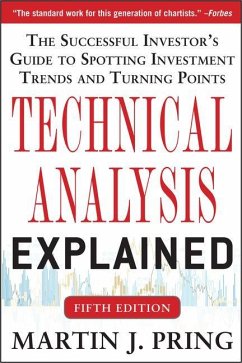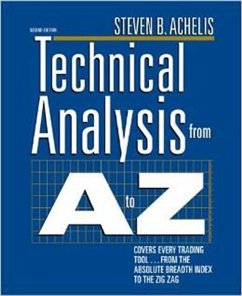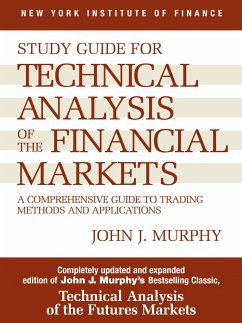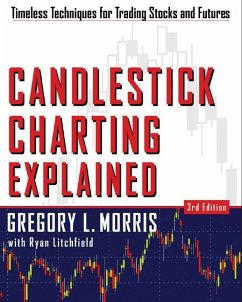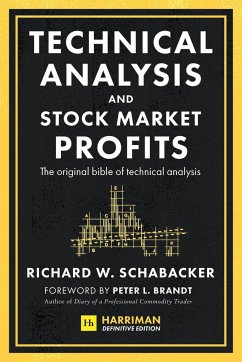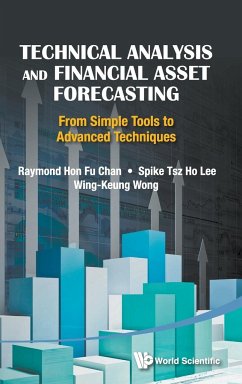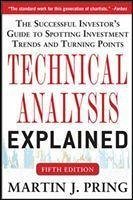Nicht lieferbar
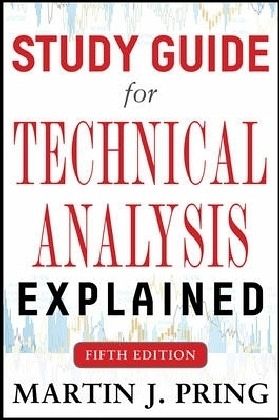
Martin Pring
Broschiertes Buch
Study Guide for Technical Analysis Explained Fifth Edition
Versandkostenfrei!
Nicht lieferbar




A guide for mastering technical analysis. It serves as your personal investing coach, taking you step-by-step through his long-proven methods.
McGraw-Hill authors represent the leading experts in their fields and are dedicated to improving the lives, careers, and interests of readers worldwide
Produktdetails
- Verlag: McGraw-Hill Professional
- 5th Ed.
- Seitenzahl: 226
- Erscheinungstermin: 7. Januar 2014
- Englisch
- Abmessung: 229mm x 152mm x 13mm
- Gewicht: 306g
- ISBN-13: 9780071823982
- ISBN-10: 0071823980
- Artikelnr.: 38593313
Herstellerkennzeichnung
Libri GmbH
Europaallee 1
36244 Bad Hersfeld
gpsr@libri.de
Für dieses Produkt wurde noch keine Bewertung abgegeben. Wir würden uns sehr freuen, wenn du die erste Bewertung schreibst!
Eine Bewertung schreiben
Eine Bewertung schreiben
Andere Kunden interessierten sich für



